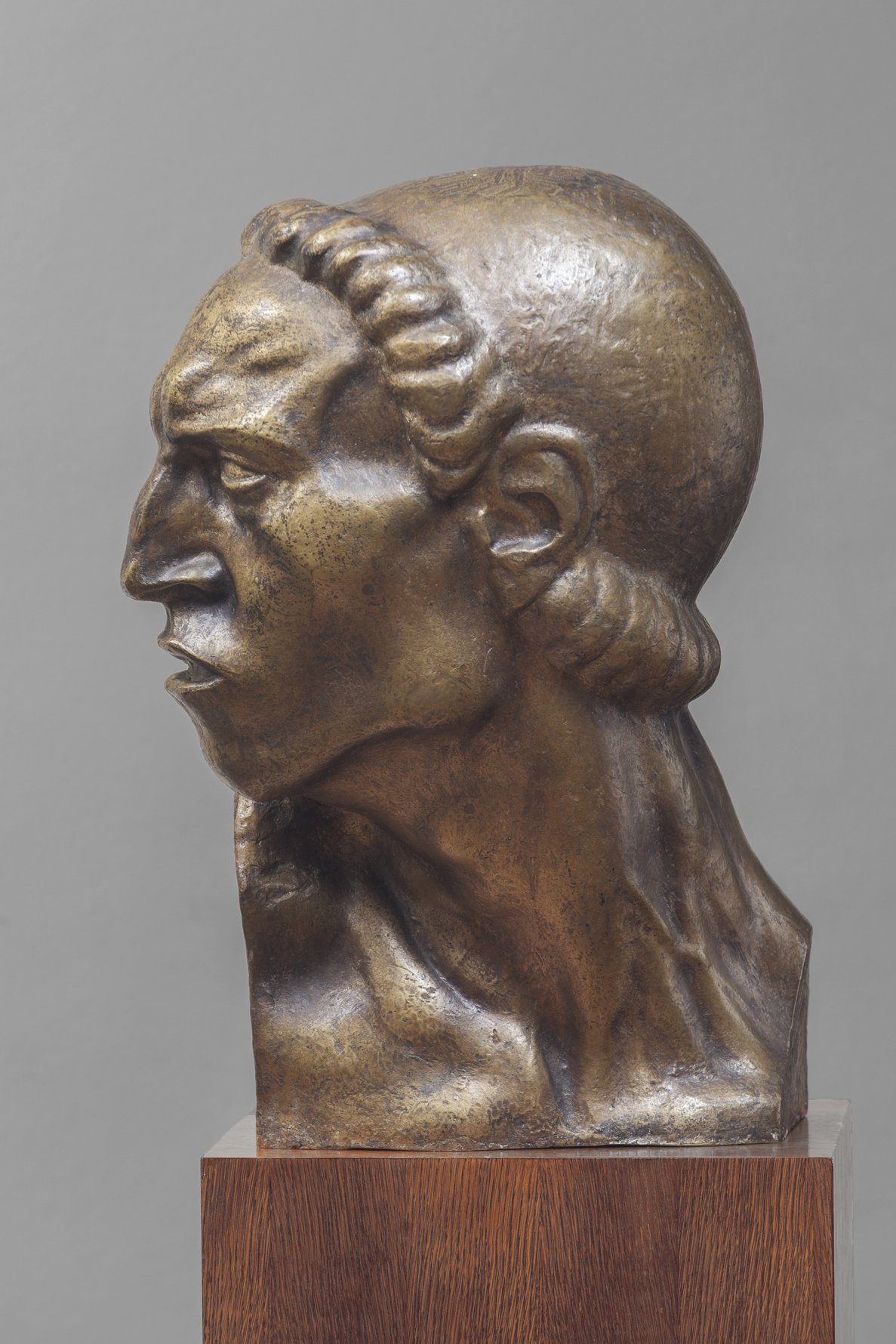So who is the greatest Croatian artist of all time? Most people would opt for Ivan Meštrović (1883-1962), the sculptor who blended twentieth-century modernism with classical models and Slavic folklore to produce a style that was distinctively personal, but also recognizably national.
Meštrović's epoch-defining legacy gets the headline-grabbing treatment in a major retrospective of the artist's work at Zagreb's Klovićevi Dvori gallery complex this winter. Shedding light on all aspects of a long, fruitful and complex career, it looks set to be the main event on a busy cultural calendar.
Meštrović was more than just a gallery artist, creating public monuments and designing buildings that helped shape the environment around him. He left a considerable mark on Zagreb, designing the imposing rotunda that now serves as the HDLU Gallery and crafting monuments to icons of knowledge Nikola Tesla and Josip Juraj Strossmayer. All now serve as major urban landmarks.
The Klovićevi Dvori exhibition charts Meštrović's artistic development with a never-previously-assembled collection of his work, ranging from capital sculptures to intimate portrait busts and speculative sketches. Highlighting the huge range of influences he drew on in forming a unique visual style, the exhibition casts Meštrović as a quintessentially Mediterranean artist, an heir to traditions that date back to Ancient Egypt and Classical Greece.
Ivan Meštrović was born on August 15 1883 into a family of agricultural labourers. His parents were working in Vrpolje in Slavonia at the time of his birth, but they soon moved back to their home region of Otavice, in the Dalmatian interior, where Meštrović spent his formative years. Apprenticed to a Split stonemason at the age of 16 his skills were soon spotted, and benefactors paid for him to study sculpture at the Fine Art Academy in Vienna.
It was the flamboyant, fluid style of the Viennese Secession that influenced him early on: his sensuous Well of Life (1905), in front of the Croatian National Theatre in Zagreb, is an outstanding example of his early style. He was also a friend of the great French sculptor Rodin, and he spent several years in Paris before moving to Zagreb in 1911.
Like most other young artists of his generation, Meštrović saw Yugoslavism as an emancipatory force that would help Croats to forge a new identity separate from the Habsburg Empire, and much of his early work was influenced by these ideals. His work increasingly explored the mythology of the South Slavs, and many of the resulting sculptures were exhibited in the Serbian pavilion at the Rome International Exhibition of 1911. Such was Meštrović’s growing international reputation that he was given a one-man show in the Victoria and Albert Museum in London in 1915: it was a time of war, small nations were fighting against great empires, and Meštrović was seen as a young energetic artist who represented the spirit of the epoch.
After World War I Meštrović was one of the leading artistic personalities of the new Kingdom of Serbs, Croats and Slovenes (later renamed Yugoslavia). He based himself in Zagreb and taught at the Academy of Fine Arts. Widely recognized as the greatest sculptor of his generation, he was much in demand, designing prestige monuments to World War I in Belgrade’s Kalemegdan Park, where his Victor and Monument of Gratitude to France still define the landscape. For the city of Split he made the towering statue of medieval Croatian bishop Gregory of Nin, the unveiling of which in 1929 was one of the great public events of the age. Now situated just outside the Golden Gate (it was originally sited on the Peristyle, a space for which it was just too big), it is a much-loved local landmark whose toes are rubbed for luck as people stroll past the pedestal.
Meštrović was viewed with suspicion by the quisling regime that came to power in April 1941, and he spent three months in prison before being forced to emigrate. He was not very enthusiastic about the communist Yugoslavia that came into being after World War II, however, and moved to the USA, where he taught at Syracuse University, and then Notre Dame at South Bend Indiana.
Ivan Meštrović: a Retrospective will be on show at the Klovićevi Dvori Gallery from November 22, 2023 until March 3, 2024.






Comments